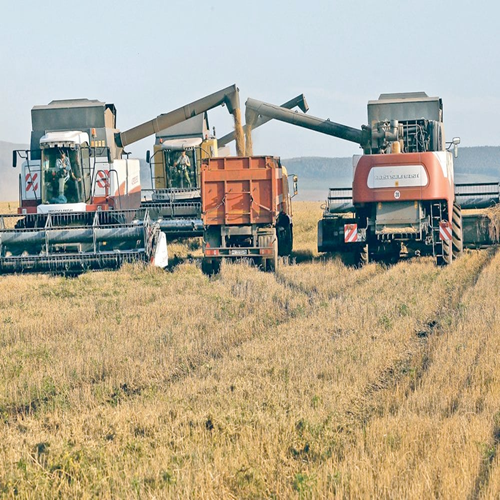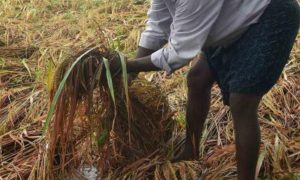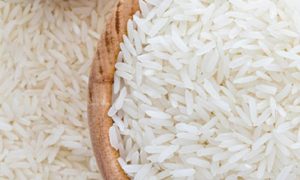Russian wheat estimates can be tough to make

SASKATOON — The U.S. Department of Agriculture says strained diplomatic relations with Russia are hampering its ability to properly forecast the country’s wheat production.
The USDA’s Foreign Agricultural Service (FAS) has been way off the mark the past couple of years with its early estimates for the Black Sea country.
It initially pegged the 2023-24 crop at 81.5 million tonnes in May 2023. Its most recent forecast calls for 91 million tonnes of production. Many analysts think it will end up closer to 100 million tonnes.
The first forecast for the 2022-23 crop was 80 million tonnes, but Russia’s growers ended up harvesting 92 million tonnes that year.
Those are massive discrepancies for the world’s largest exporter of the crop.
The FAS press team said the agency employs “robust production forecasting methodology.”
“At the start of the season, however, there is a significant number of unknowns and assumptions,” it said in an email.
Those unknowns include final planted area, final area loss for each crop and how yields will change during the season.
“Having timely access to the official Russian ag statistics would significantly help minimize the above-mentioned uncertainties,” said the FAS.
The United States has had a limited diplomatic presence in Russia following Russia’s invasion of Ukraine.
“USDA does not currently have agricultural representatives in Russia nor locally employed staff,” said the FAS.
Russia has also blocked internet access for IP addresses from the U.S. government, which has made accessing reports from Russia’s Ministry of Agriculture more difficult.
“The lack of reporting from our agricultural attaché network, and the limited access to official government reports, has cut out important sources of information in our estimation process,” said the FAS.
Russia’s wheat exports have played a major role in keeping global prices depressed this year.
AHDB Cereals & Oilseeds, a market intelligence firm from the United Kingdom, said Russia’s wheat export blitzkrieg appears to be finally subsiding.
SovEcon estimates Russia will have exported 30 million tonnes of the crop by the end of January, which would be 15 percent more than the first seven months of the 2022-23 campaign.
However, AHDB thinks its exports could be slowing. Egypt’s state buyer, GASC, recently purchased French wheat for the first time in five and a half months because it was finally cheaper than Russian wheat.
In the meantime, the FAS is preparing for its next Russia forecast. Its May production estimate will be based on preliminary planted area numbers provided by Russia’s Ministry of Agriculture, which are adjusted for winter kill and abandonment.
During the growing season the FAS monitor’s reports from the ministry, weather conditions, satellite-derived soil moisture information and vegetation indices and modifies its yield and production estimates accordingly.
In the fall, the FAS compares Russia’s reported harvest yields with its own estimate.
“In addition, Rosstat, the official Russian statistical agency, typically publishes two reports which we also consider,” said the FAS.
“Overall, USDA adopts the final Rosstat numbers, but of course there are exceptions to this general procedure.”
An example is 2022-23, when the Rosstat numbers conflicted with environmental data, such as temperature, precipitation and normalized difference vegetation index maps.
Source Link: https://www.producer.com/news/russian-wheat-estimates-can-be-tough-to-make/













